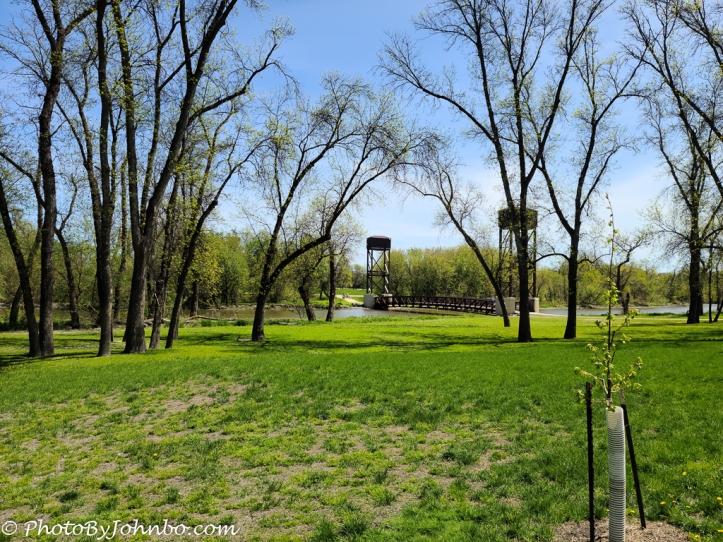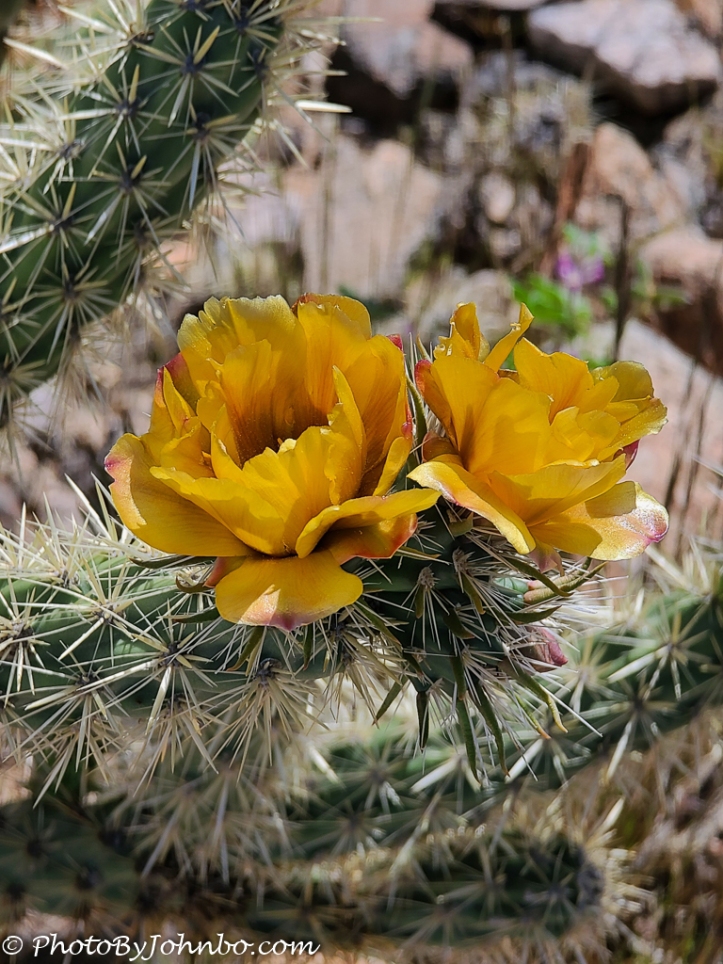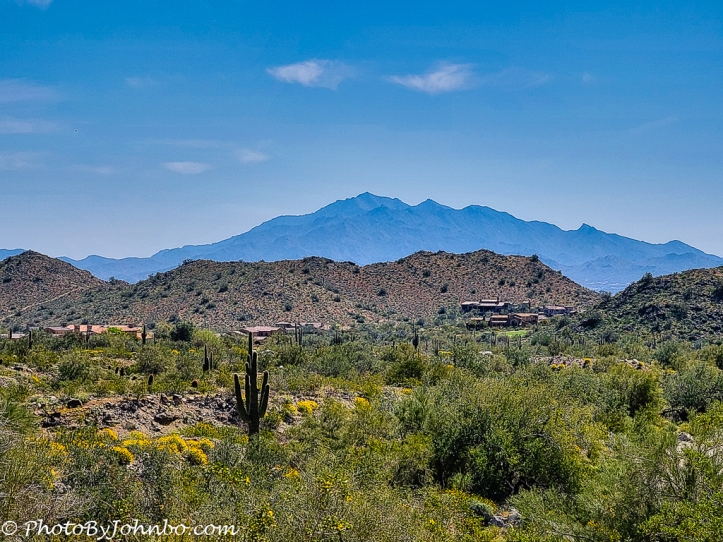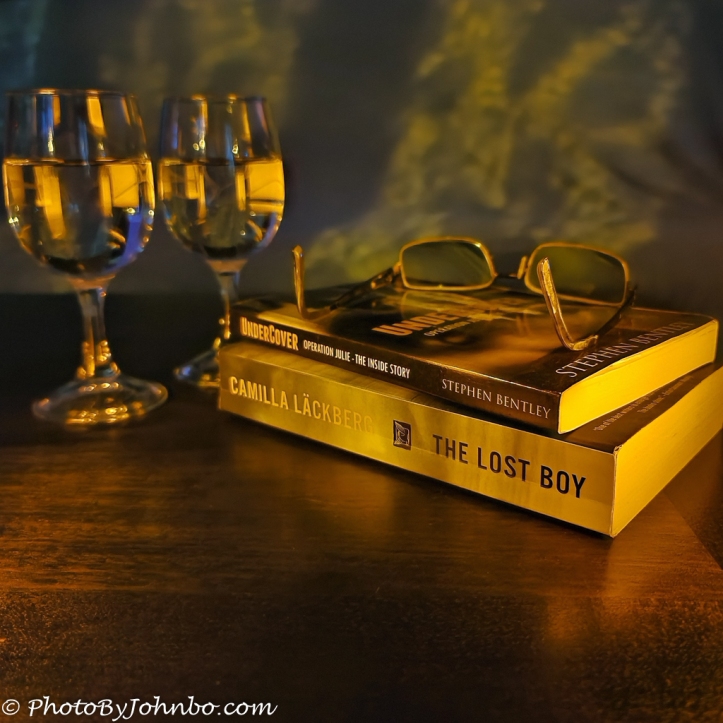In April 2016, I accepted the volunteer position of Wing Commander for North Dakota Wing Civil Air Patrol. In support of that position, I was provided a cell phone that would provide my staff and our organization’s partners a way to contact me directly. That phone is a Samsung S7 that, by the end of my four-year term, was on its last legs. My own personal phone, a Samsung S6 was little used but beginning to show its age on battery life, even though it was off much of the last four years. Besides, as a reward for my hard work in CAP, I wanted to upgrade to a better phone once my term ended. My wife had acquired a Samsung S9 and its camera system is much improved over both the S6 and S7. My original plan was to probably go with the S10 in April when my term expired.
Coincidentally, in late February, Samsung offered perks to pre-order a Samsung S20, any one of three models, all with even better camera systems than the S10. I started doing my homework on the new cameras and decided that I just had to have the S20U, the Ultra features three cameras at multiple focal lengths and some pretty amazing features. I placed my pre-order and on March 7, I picked up the new phone. The opening image is one I captured using the zoom function of the S20U, processed through Lightroom and then Luminar 4. But I’m sure you don’t want to see images after processing, so unless I say otherwise, the images in this post are directly from the camera except modified with compression so they don’t take forever to load. The original files in the default camera mode are 4000 x 3000 pixels. For this post, I’ve reduced all image sizes to 1024 on the long edge. At the end of the article, I will provide a link to my Flickr site where you can download and view the original photos in their original size if you are so inclined.
 As you can see by comparing the original image above with the final image, post-processing can be helpful in improving the image. Probably the biggest help was in adding a bit of contrast and using the Dehaze tool to help bring out Estrella Mountain in the background. I used the Structure filter to bring out the detail in the mountain which you can see if you click on the opening image to enlarge it. This shot is an example of a 10X zoom using the 12 MP camera. More about the zoom feature coming up. The S20U is a big phone with a 6.9″ (175 mm) screen, the biggest of the three S20 cameras. The camera also boasts 108MP sensor capability, twice that of the other two S20s. Digital zoom is generally regarded as not useful due to the lack of pixels, but with a larger image sensor, you can get away with digital zoom and still provide a quality image. The two more basic cameras feature a 30X zoom, but the S20U pushes that to 100X.
As you can see by comparing the original image above with the final image, post-processing can be helpful in improving the image. Probably the biggest help was in adding a bit of contrast and using the Dehaze tool to help bring out Estrella Mountain in the background. I used the Structure filter to bring out the detail in the mountain which you can see if you click on the opening image to enlarge it. This shot is an example of a 10X zoom using the 12 MP camera. More about the zoom feature coming up. The S20U is a big phone with a 6.9″ (175 mm) screen, the biggest of the three S20 cameras. The camera also boasts 108MP sensor capability, twice that of the other two S20s. Digital zoom is generally regarded as not useful due to the lack of pixels, but with a larger image sensor, you can get away with digital zoom and still provide a quality image. The two more basic cameras feature a 30X zoom, but the S20U pushes that to 100X.
Resolution and Image Size
By default, the camera is set to a 4×3 aspect ratio, 4000×3000 pixels, or 12 MP. Since I normally reduce to publish on web pages, I’ve left it there, or on the 16×9 setting to keep file sizes low. Depending upon the complexity of the image, the final file size in JPG should be well under 10 MB. The image above was captured on the Red River with the 16×9 format set. Those images generate a 4000×2252 image, reducing the short edge rather than expanding the long edge to fill the widescreen in landscape mode on the S20U.
The highest resolution available is the 108 MP mode that generates a 12000×9000 pixel image which will hit your storage medium at upwards of 40 MB or more. Of course, the advantage is that the large file size will allow the photographer to generate a high-resolution image for printing on a large canvas or other printed medium with no quality shortcomings. Another advantage of the large pixel count is the ability to zoom (pinch) into a wide-angle image and crop small areas while keeping a large pixel count for higher resolution images.
Zoom
In my opinion, the 108 MP mode makes this camera a reasonable all-around camera. I don’t know how they did it, but the camera has a 10X optical zoom. That alone is valuable for reaching out to grab something a bit away. The two photos below, however, really show off the camera’s capability. The first is a pedestrian lift bridge over the Red River in Fargo. You may want to visit the link at the end of this post to pixel peep at the full resolution image. The 12000×9000 image is reduced here to minimize download times of this post.
 The far end of the bridge exits to Gooseberry Park in Minnesota as the Red River is the state line. If you look closely in the image above, you’ll see some tiny “dots” on the sidewalk leading to the far side of the bridge. That’s a family walking toward the bridge.
The far end of the bridge exits to Gooseberry Park in Minnesota as the Red River is the state line. If you look closely in the image above, you’ll see some tiny “dots” on the sidewalk leading to the far side of the bridge. That’s a family walking toward the bridge.  If you download the full resolution image and load it into a photo editor that can view pixels at 1:1 zoom level, you will get this approximate view on the far side of the bridge. No, you cannot see details like faces, but you can easily see it’s two adults, a baby carriage, and two kids. In fact, if you zoom in even closer to the family, you can even see the baby in the stroller. Well, at that level it looks more like brushstrokes that make the image look like an impressionistic painting. That is greater detail than anyone probably would want and you can see for yourself by downloading the original image to look at details.
If you download the full resolution image and load it into a photo editor that can view pixels at 1:1 zoom level, you will get this approximate view on the far side of the bridge. No, you cannot see details like faces, but you can easily see it’s two adults, a baby carriage, and two kids. In fact, if you zoom in even closer to the family, you can even see the baby in the stroller. Well, at that level it looks more like brushstrokes that make the image look like an impressionistic painting. That is greater detail than anyone probably would want and you can see for yourself by downloading the original image to look at details.
Low Light Performance
Samsung boasts that the larger sensor size improves night photography significantly. I’m not conversant with all the tips and tricks for good low light photography, and I don’t regularly attempt it. For this post, though, I thought I’d try a low light still life. The image above is lit only by two LED “candles”. I set the shot up in Pro mode, exposure details are 1000 ISO, 1 Sec, f/1.8. The only processing on the shot is to crop to 1:1 format. At f/1.8, the focus is really tight. Adjusting focus manually, the screen puts a green outline around the objects in focus. I focused on the books, and if you pixel peep at the original image, you’ll notice that the two glasses are outside of the plane of focus, therefore slightly “fuzzy.”
Closeups
 The Buckhorn Cholla cactus blossoms I found in the Arizona desert helped me show off the depth of field capabilities of the camera. This image was a snapshot captured in the 4000×3000 mode with auto-exposure and auto-focus. I can tap on the screen to determine the focus point I want, but if it’s “obvious” to the camera, I don’t have to bother. The standard lens size is 19 mm, and this image was captured at 1/610 sec., f/3.5, ISO 25. The photo above is right out of the camera, but with minimal tweaks in post-processing and cropping to a square format, the image below is the final result I liked it so much, I had it printed on metal.
The Buckhorn Cholla cactus blossoms I found in the Arizona desert helped me show off the depth of field capabilities of the camera. This image was a snapshot captured in the 4000×3000 mode with auto-exposure and auto-focus. I can tap on the screen to determine the focus point I want, but if it’s “obvious” to the camera, I don’t have to bother. The standard lens size is 19 mm, and this image was captured at 1/610 sec., f/3.5, ISO 25. The photo above is right out of the camera, but with minimal tweaks in post-processing and cropping to a square format, the image below is the final result I liked it so much, I had it printed on metal. If these two images look familiar, you probably saw them in a recent Lens-Artists Photo Challenge post here.
If these two images look familiar, you probably saw them in a recent Lens-Artists Photo Challenge post here.
RAW vs. JPEG files
I admit to not using RAW files from my cell phone in the past, and frankly, now that I’ve learned how to use the S20U in RAW mode, I’m still not sure I’m going to bother much of the time. The RAW format it uses is DNG, and the files import nicely into Lightroom and other photo editing programs. The limitations are that you can only use the 4000×3000 mode on the main rear camera and you must be using Pro mode. Also, the camera only saves those DNG files and companion JPG files to the CAMERA>DCIM folder even if your default storage is set to save to the SD card. You will need a USB-C cable to connect to your computer to download the DNG files to your computer for processing.
I purchased the 128 GB model, though 256 and 512 GB models are available. My logic to purchasing the smaller internal memory is that the microSD card slot can handle up to 1 TB. What I didn’t know then is that if I were to use Pro mode exclusively with the RAW option, those larger DNG files and the companion JPG files it makes are stored on the camera’s internal memory even though I set the default to write to the SD card. Even so, I don’t shoot in Pro mode often enough to make it an issue for me. For those times when I really want to use Pro mode, I will want RAW as well. I’ll have to live with the smaller internal memory I chose.
Video
I don’t shoot much video and care little about the function, but for the record, the rear camera is capable of 8K, 4K, or 1080P modes. The front camera is 1080P only. I leave the video mode set at 1080P for what little video that I capture.
Final comments
Shortly after its release, Samsung started getting complaints about the JPG processing being a bit “heavy-handed”, especially on selfies and portraits. A couple weeks or so after release, a software update addressed this issue, and another update in early April did a few more tweaks. All in all, I’m satisfied with the camera functionality. As they say, the best camera to have is the one you have with you. For a cell phone camera, this is a pretty nice camera to carry around.
Original photos
If you would like to download and pixel peep the actual images captured for this post, I’ve made them available on my Flickr site here. I have also included some other examples that are not published here. Images titled in part 108MP are 9000×12000 pixels and will take a significant bandwidth to download. I am still learning how to use the camera on my new phone, but all in all, I am happy with its performance.
John Steiner



Lovely photos as always, sir.
Your comment about caring little about video struck me. I also usually prefer still photography, especially on the Internet. However, I have been told by someone who knows that selling houses these days is all about the video(s) of the home and not about still photos.
True that. Virtual walk-through videos are very popular. Also drone videos of homes. A friend of mine has a “side job” of drone videos for real estate. At least until the pandemic, he kept pretty busy.
Thank you for sharing John!
I enjoyed reading this photo essay, John. I look forward to a memoir of your CAP service. This I know: you deserve kudos.
Thank you, my friend. One thing I can say… it won’t be a “tell all” book. >grin<